Velvetleaf identification and control
Abutilon theophrasti
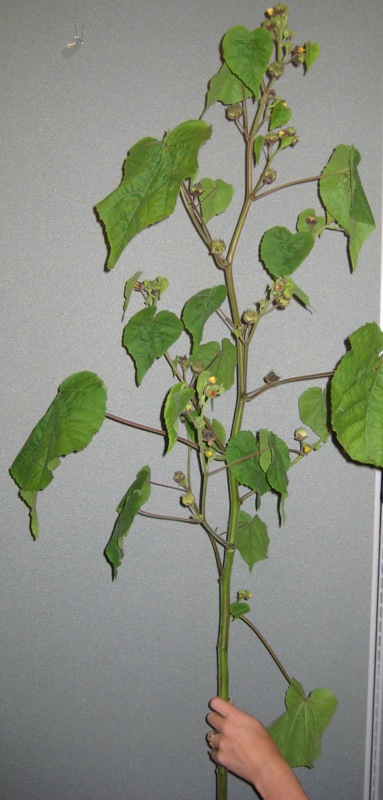
Velvetleaf, a regulated Class B noxious weed, is an annual that grows 3-8 feet tall in farms and disturbed areas, among other settings. It has a taproot; a stout stem with soft hairs; alternate, round or heart-shaped leaves; and 3/4-inch-wide, yellow to orange flowers with five petals. This weed spreads via abundant seeds that can persist in soil for up to 60 years.
Legal Status
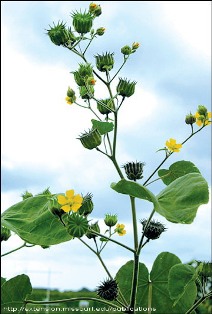
Velvetleaf is also on the Washington quarantine list (known as the prohibited plants list) and it is prohibited to transport, buy, sell, offer for sale, or to distribute plants or plant parts, seeds in packets, blends or "wildflower mixes" of this species, into or within the state of Washington.
For more information on noxious weed regulations and definitions, see Noxious weed lists and laws.
Identification (see below for more photos)
Velvetleaf grows 3 to 8 feet tall on stout, branched stems and is covered with very soft, velvety hairs. It is a summer annual, which means that it germinates in the spring and flowers in the summer, typically from July to September in this area.
Leaves are large and heart-shaped with pointed tips. Leaves are alternate (grow at different points along the stem), have long, stout leaf stalks and have a distinct odor when crushed.
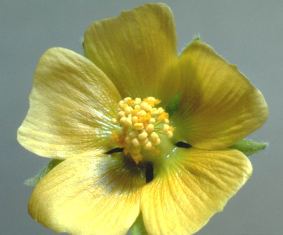
Flowers are yellow, up to 1 inch (2.5 cm) in diameter, with five petals that are fused at the base. Flowers grow on stalks and are found singly or in clusters where the leaf stalk meets the stem.
The plant produces pod-like capsules that consists of a cup-like ring formed by 12 to 15 woody segments. The segments stay joined when the seeds mature and they release the seeds through vertical slits on the outside of the capsule.
Biology and reproduction
Velvetleaf is a summer annual that reproduces by seed. It is self-pollinating so it doesn't require pollinators to set seed.
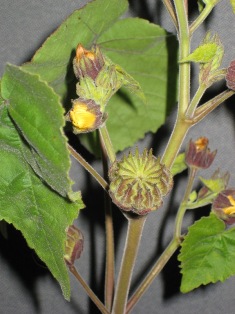
One plant can produce up to 17,000 seeds and seeds can remain viable in the soil for 50 to 60 years. Seedlings are vigorous and fast-growing and emerge at variable times. The plant grows rapidly to maturity with new flowers appearing every two days.
Habitat and impacts
Velvetleaf was originally introduced to North America from southern Asia in the mid-1700's as a potential fiber crop. It didn't succeed as a fiber source, but it has become a significant weed of a wide range of crops. It can be found in orchards, vineyards, crop fields, nursery fields, gardens, roadsides, and other disturbed areas. It is found throughout North America, although it is still uncommon in Washington State.
In farms, velvetleaf can have a serious impact on crop development. Velvetleaf seeds germinate during warm weather after the spring tilling of fields, and the new generation of plants develops and matures very quickly during the heat of summer, prior to the fall harvest. Because of velvetleaf’s tall growth, it can severely reduce light penetration to crop plants. Velvetleaf also harbors several diseases and pests of corn, cotton, soybeans, and other crops as well as inhibiting germination of some crop seeds, possibly through chemicals released into the soil. As a result, velvetleaf has become a major weed in many crops of North America, such as corn, soybeans, cotton, berries, and asparagus.
Control
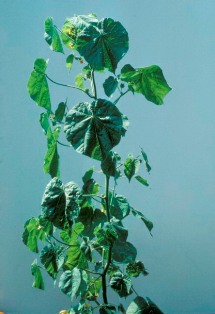
Prevention and Small Patches: Velvetleaf is a large, conspicuous plant when it is flowering, so it is not difficult to spot it in the summer months. Also, single plants can be easily pulled or dug up before they go to seed, so early detection and rapid response is not difficult with this weed. However, because seeds can remain viable in the soil for 50 years or more, velvetleaf can be very difficult to eradicate if infestations are allowed to persist and produce seed. It is important to watch carefully for this plant and remove it as soon as it is found. All plant material should be carefully bagged and discarded with the garbage to avoid spreading the seeds. If any equipment is used where this plant occurs, clean it carefully before moving it to a new area. Return to the same area each year and look for new plants germinating from the seed bank.
Large Infestations: Established populations will take much longer to eradicate because of the long-lived seeds. Plants can be manually dug up or pulled or they can be mowed close to the ground while the plants are still small. Do not till or plow infested areas because this promotes seed germination. Crop rotation can help prevent favorable growing conditions for velvetleaf. Avoid nutrient loading because velvetleaf is opportunistic and will use additional nutrients to extend its flowering period and increase seed production. Chemical control options are available for most crops and sites, but are generally effective only when velvetleaf is less than 4 inches tall. Also, its leaves tends to droop or wilt in the late afternoon, so spraying is more effective in the morning or midday. For more information on controlling this and other weeds in crops in the Pacific Northwest, see the PNW Weed Management Handbook or contact your local extension agent.
Additional information on velvetleaf
- Velvetleaf weed alert
- Washington State Noxious Weed Control Board (external link)
What to do if you find this plant in King County, Washington
Please notify us if you see velvetleaf growing in King County. Our program staff can provide the property owner or appropriate public agency with site-specific advice on how best to remove it. Also, because velvetleaf is not established in King County, we have an opportunity to stop it from spreading if we act quickly. We map all known locations of regulated noxious weeds such as velvetleaf in order to help us and others locate new infestations in time to control them.
Velvetleaf photos
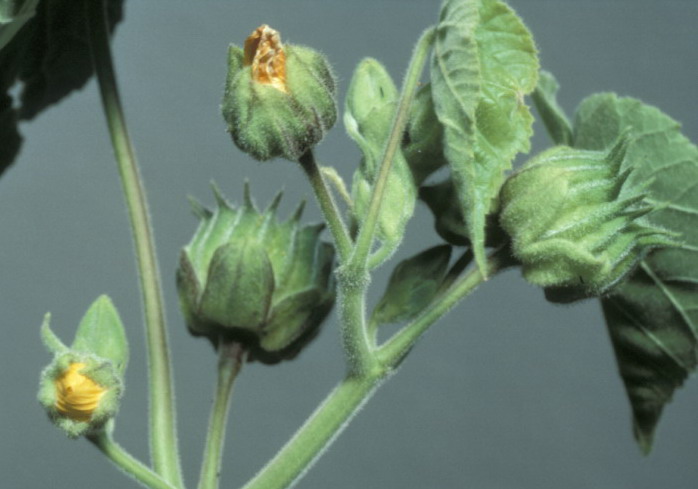
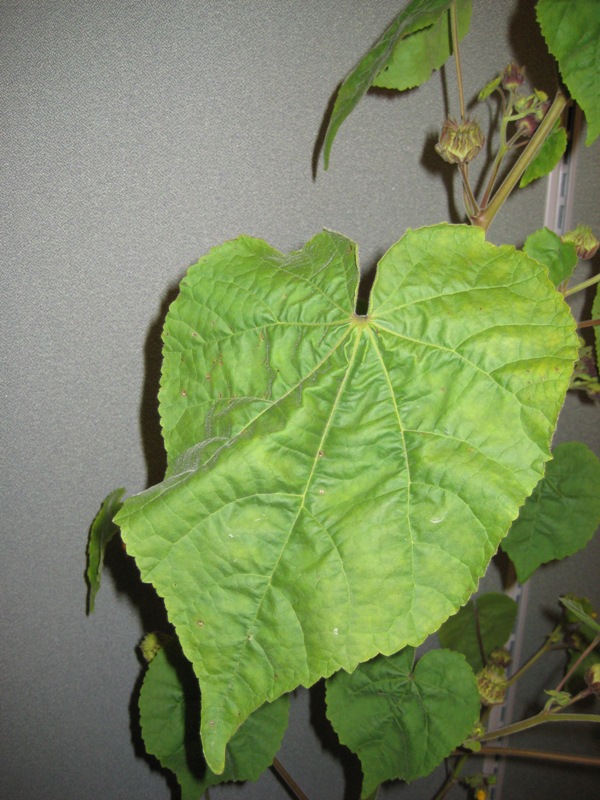
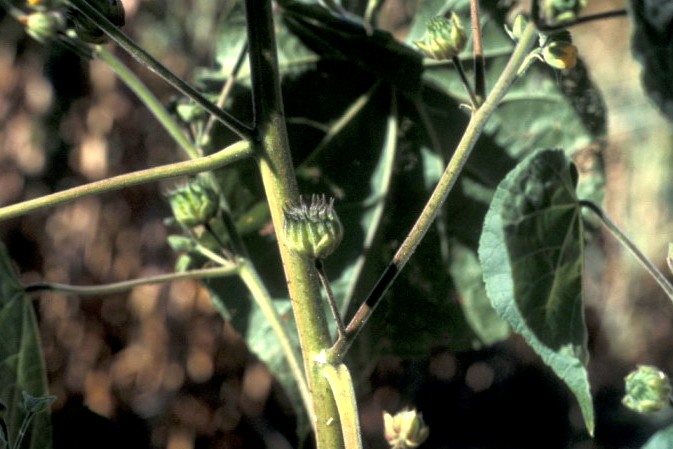
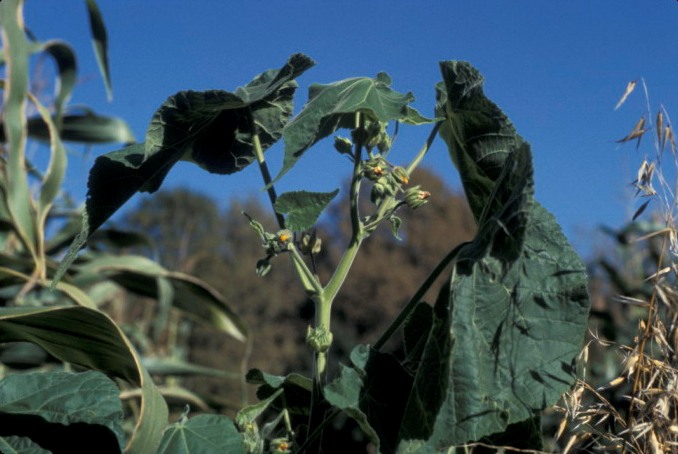
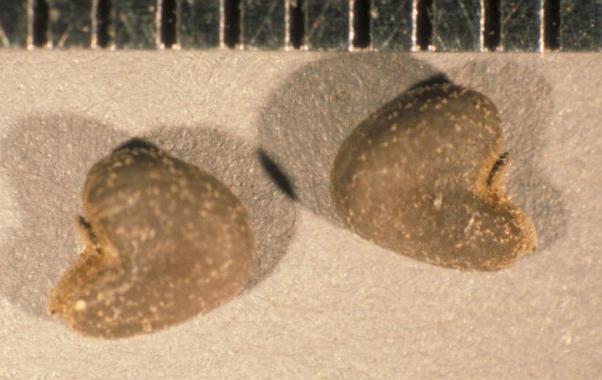
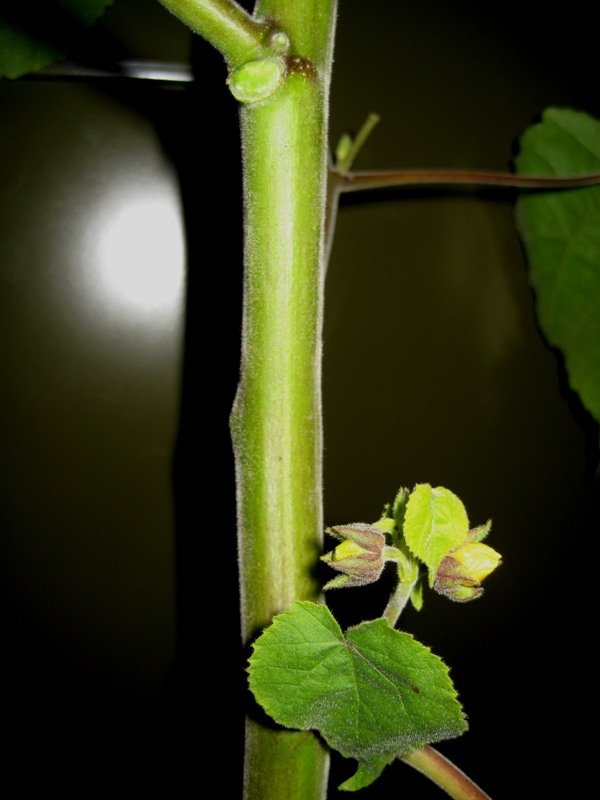
Report velvetleaf in King County, Washington
- Please notify us through our online infestation form
Locate velvetleaf in King County, Washington
- Use our interactive noxious weed map and search
for velvetleaf
Related information
Related agencies
Program offices are located at 201 S. Jackson St., Suite 600, Seattle, WA 98104. To contact staff, see the Noxious Weed Control Program Directory, send an email, or call 206-477-WEED (206-477-9333).

 Translate
Translate